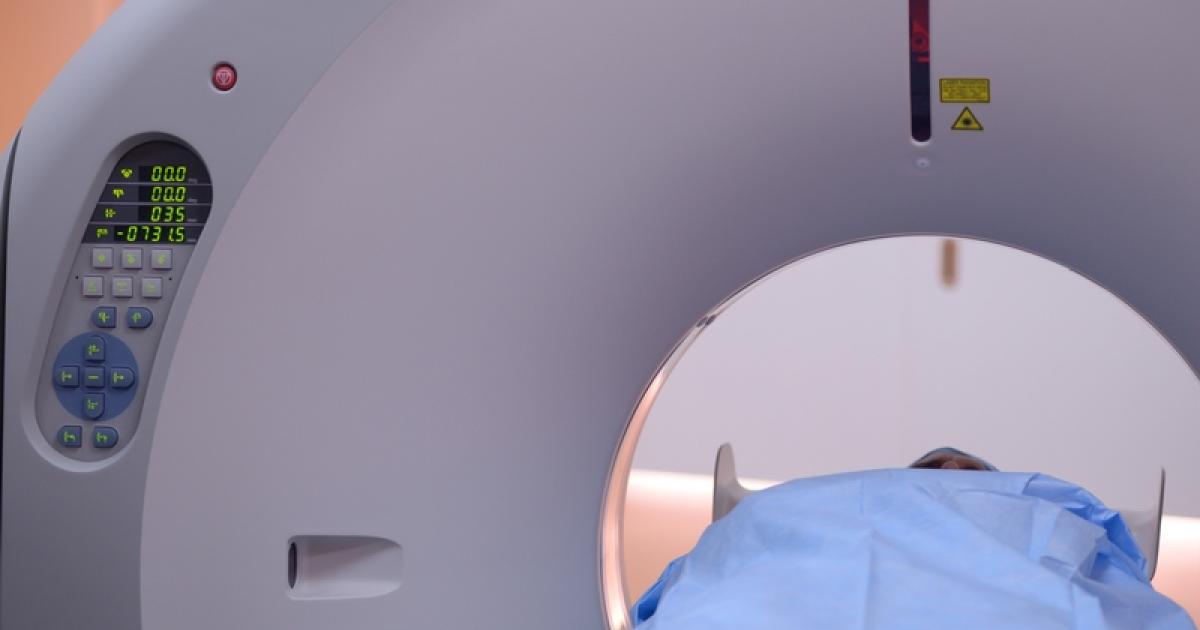Guide To Diagnosing, Preventing, And Treating Tardive Dyskinesia
Tardive dyskinesia is a syndrome caused by the long-term use of certain medications. Doctors typically prescribe these drugs for psychiatric, neurological, and gastrointestinal tract disorders. This syndrome is characterized by repeating, involuntary movements. These movements are sudden, jerky, stiff, and uncontrollable. Some common symptoms include smacking, puckering, and pursing the lips. Grimacing and rapid blinking are two more examples. Others are the protrusion of the tongue and sudden movements of the legs, arms, and trunk.
The best treatment for tardive dyskinesia is to prevent it from occurring, which is why doctors will use low doses of medication or only use medication for short periods. The first treatment is often adjusting or stopping the medication that caused it when it has already occurred. Some patients will need to take new medication for tardive dyskinesia. Of course, patients should consider all treatment options with their doctor first. It is also beneficial to understand the diagnostic process.
Special Physical Exam

Tardive dyskinesia can be a challenging disorder to diagnose. The exact timing of when symptoms appear can make it hard to determine if the medication was the cause. Fortunately, doctors can use a special physical exam to help rule out tardive dyskinesia in individuals who take medication for mental health conditions. The Abnormal Involuntary Movement (AIM) scale can help identify any abnormal involuntary movements potentially caused by the medication.
The test does not take very long. It is quite effective at catching cases of neurological disorders caused by medication. The test is a series of brief assessments. They involve observing involuntary movements when a patient is asked to concentrate on multiple physical and mental tasks at the same time. These procedures have proven to stimulate the individual and instigate the appearance of movement-related disorders.
Tests For Other Movement Disorders

An individual experiencing symptoms of tardive dyskinesia may need to undergo tests for other movement disorders. Their doctor uses a process of elimination before they can make a tardive dyskinesia diagnosis. Doctors may use imaging tests like CT scans, x-rays, MRIs, genetic testing, an electroencephalogram, and metabolic testing to eliminate cerebral palsy or a stroke as the cause of the patient's symptoms.
In-depth genetic tests on an individual's blood sample can dismiss Huntington's disease. A doctor may use a single-photon emission CT test and a dopamine transporter scan to rule out Parkinson's disease. Doctors can rule out Tourette's syndrome from the possible causes through a thorough medical history and physical exam.
